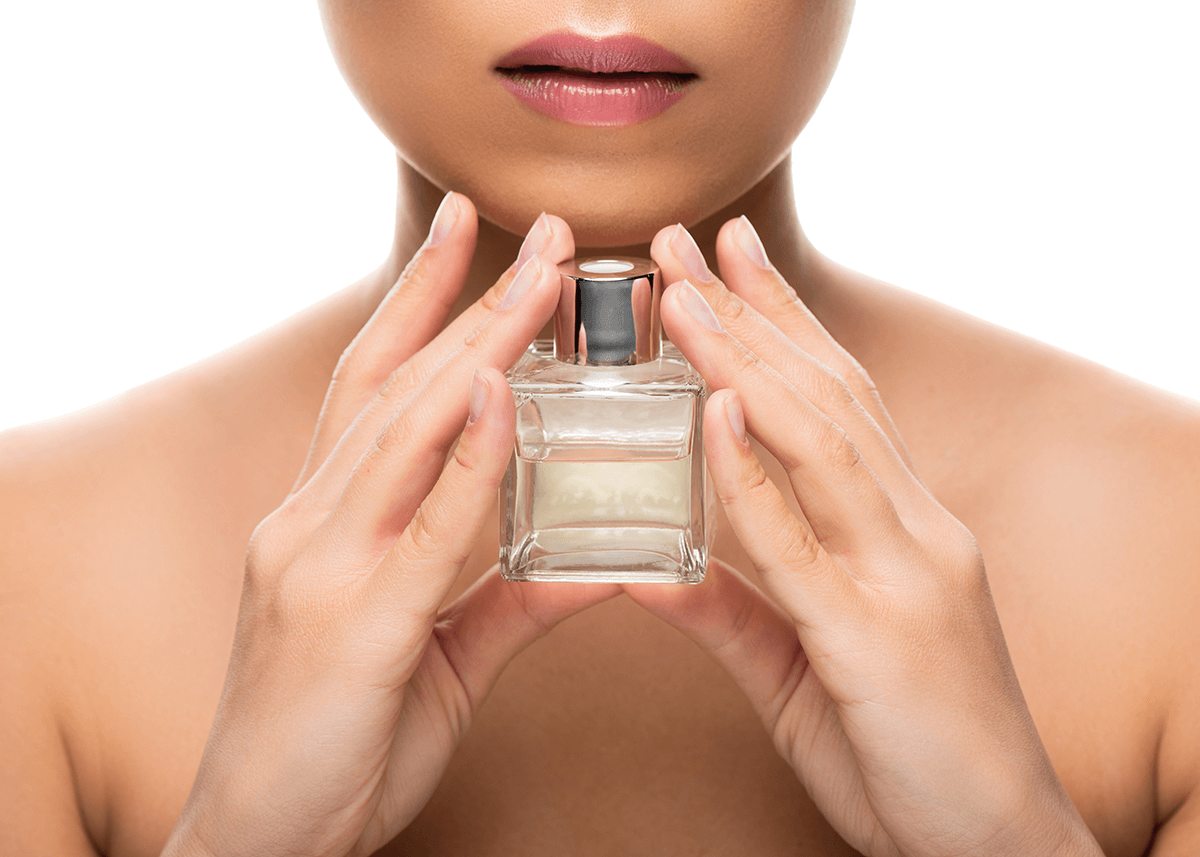What are the notes of perfume, and why do they matter? Perfume notes are individual scents that unfold over time, creating a layered aroma.
This guide explains the different types of notes and how they work together to form a complete, lasting fragrance.
Key Takeaways
-
Perfumes are structured into three main layers: top notes provide the initial burst, heart notes define the fragrance’s character, and base notes contribute depth and longevity.
-
Fragrances are classified into four primary families—Floral, Oriental, Woody, and Fresh—each catering to different moods and occasions.
-
Personal factors, such as skin chemistry and environmental conditions, significantly influence a perfume’s scent performance, making sampling crucial before purchase.
The Fundamentals of Perfume Notes

Fragrance notes are the building blocks of any perfume, creating a symphony that evolves over time. These notes are categorized into three main layers: top notes, heart notes (middle notes), and base notes.
Each layer plays a distinct role in the overall scent profile, contributing to the fragrance’s character and longevity.
Top notes are the first impression of a perfume; light and volatile, they evaporate quickly to reveal the heart notes. These initial scent impressions are crucial for capturing attention and setting the stage for the fragrance journey. As the top notes fade, the heart notes bloom, offering a more robust aroma that lingers for a substantial period.
Finally, the base notes provide depth and longevity, grounding the fragrance and leaving a lasting impression.
The fragrance pyramid illustrates how various notes interact and evolve over time. This structured approach not only aids in appreciating the complexity of a fragrance but also in selecting perfumes that suit individual preferences and occasions.
Top Notes
The first whiff of a perfume is dominated by the top notes, also known as head notes. These are typically light, fresh, and volatile, designed to make a strong initial impact. Common top notes include citrus elements like lemon, bergamot, and grapefruit, which are known for their invigorating and refreshing qualities.
However, their fleeting nature means they usually last between 5 to 15 minutes before giving way to the heart notes. Despite their short lifespan, top notes are vital for creating that memorable first impression.
Heart Notes (Middle Notes)
As the top notes dissipate, the heart notes, or middle notes, come into play. These form the core of the fragrance and can last anywhere from 20 minutes to several hours.
Heart notes often include floral and fruity elements such as rose, jasmine, peach, and apple, as well as spices like cloves and nutmeg. They retain some of the top notes’ aroma while introducing deeper, more complex layers.
The heart notes are essential for defining the overall character and harmony of the middle note of the scent.
Base Notes
Base notes are the foundation upon which a fragrance is built, providing depth and longevity. These notes can linger on the skin for over six hours, gradually merging with the heart notes to create a harmonious and enduring scent profile.
Common base notes include rich, earthy, and warm elements such as vanilla, sandalwood, and various types of musk.
They not only enhance the fragrance’s staying power but also add complexity and richness to the overall composition.
Exploring Fragrance Families
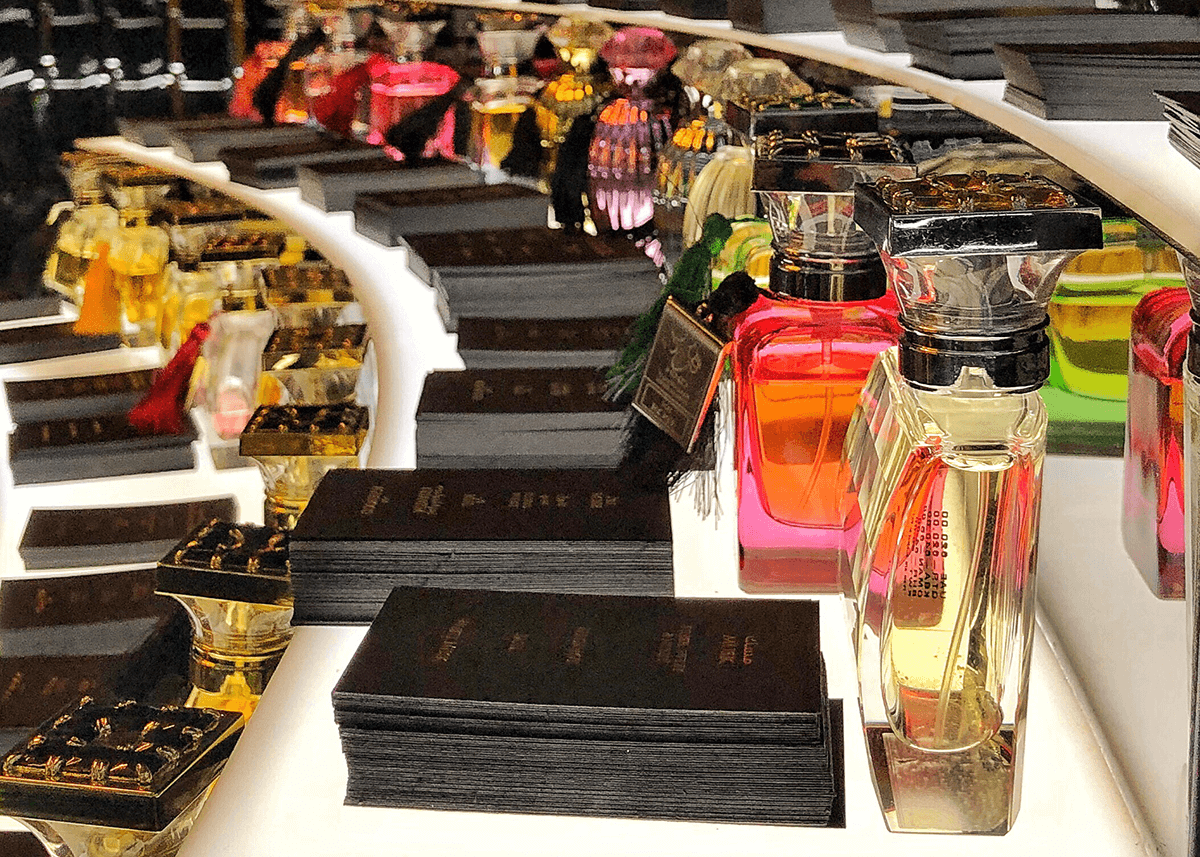
Fragrance families classify perfumes into broad categories based on their dominant scent characteristics. This classification helps in understanding and narrowing down personal scent preferences. The four primary fragrance families are:
-
Floral
-
Oriental
-
Woody
-
Fresh
Each family offers a unique olfactory experience, catering to different moods, occasions, and personalities.
Floral Perfumes
Floral perfumes are often associated with femininity and elegance, characterized by their dominant flowery scents. Common floral notes include jasmine, rose, and lily of the valley, which can be found as either top or heart notes.
Floral fragrances can range from light and airy to rich and full-bodied, often incorporating subtypes such as fruity floral and floral oriental. These perfumes are perfect for those who appreciate the natural beauty of flowers in their scent profile.
Oriental Fragrances
Oriental fragrances are known for their warm, sweet, and exotic profiles, often evoking a sense of luxury and mystery. Key notes in this family include vanilla, spices, patchouli, and amber, which create rich aromatic notes and inviting gourmand notes, along with spicy scents.
Oriental perfumes are further categorized into floral oriental, soft oriental, and woody oriental, each offering a unique twist on the classic oriental accord. These fragrances are ideal for evening wear or special occasions when you want to make a lasting impression.
Woody Scents
Woody scents are grounded, earthy, and often seductive, featuring notes like cedarwood, sandalwood, and patchouli. These base notes provide a warm and robust foundation, making woody fragrances particularly suitable for colder weather.
Woody scents can be mixed with floral or fruity notes. This combination results in a balanced and captivating aroma. Their unisex appeal makes them a versatile choice for both men and women.
Fresh and Fruity Scents
Fresh and fruity scents are invigorating and vibrant, often featuring citrus and aquatic notes that bring a refreshing touch to any fragrance. Common fruity notes include lemon, orange, and apple, which contribute to the lively and uplifting nature of these perfumes.
These scents are perfect for daytime wear, especially in warmer climates, as they provide a burst of energy and freshness.
How Perfume Notes Interact
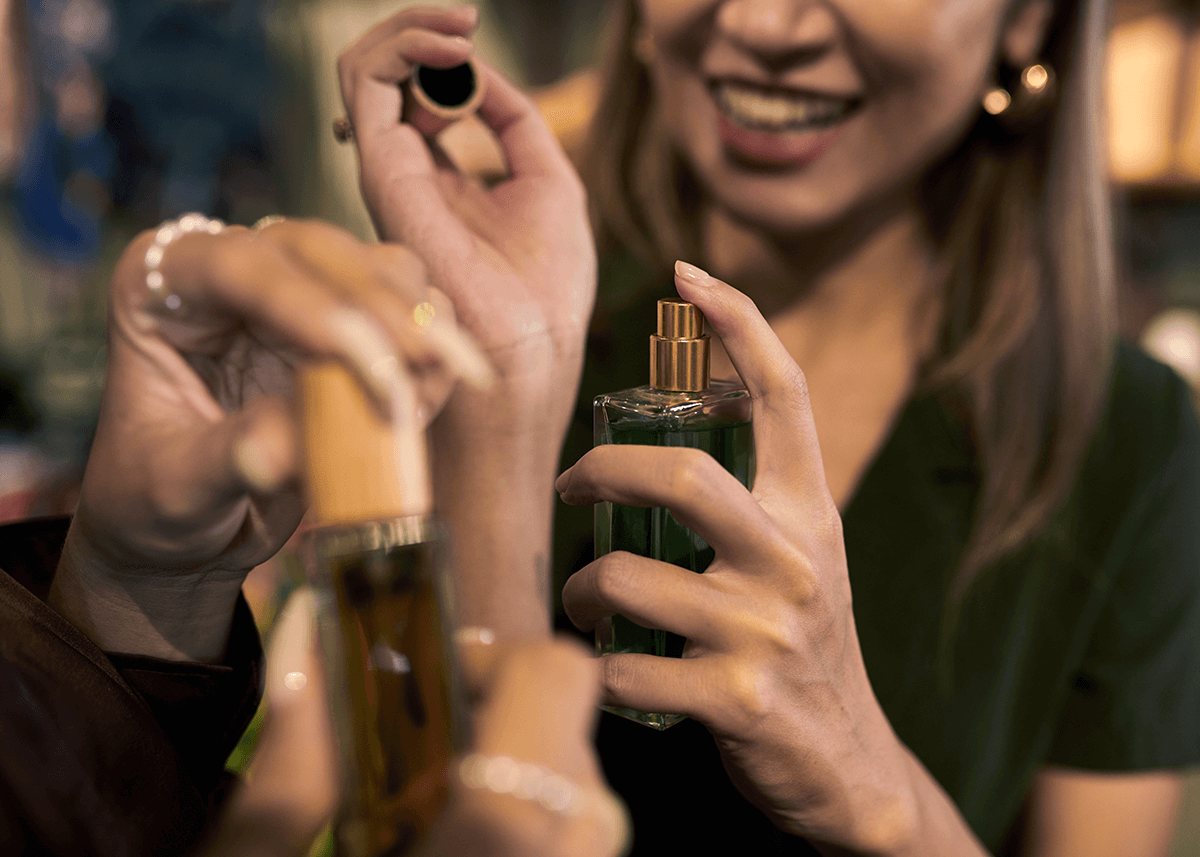
The interaction of perfume notes is akin to a well-rehearsed symphony, where each note plays its part to create a harmonious and enduring scent. Understanding how these notes interact can enhance your appreciation of a fragrance and help you make informed choices.
The fragrance pyramid, a concept established by Jean Carles, is a useful tool for visualizing this interaction. It illustrates how top, middle, and base notes unfold over time, contributing to the overall scent profile.

Fragrance Pyramid
The fragrance pyramid is structured with top notes at the apex, middle notes in the center, and base notes at the base. This triangular representation helps to visualize the composition and longevity of scent notes in a perfume. Top notes provide the initial burst of fragrance, middle notes add depth and character, and base notes offer a lasting foundation.
Understanding this structure can aid in selecting perfumes that evolve beautifully over time.
Fragrance Accords
Fragrance accords are specifically formulated combinations of notes that create a distinct and balanced scent. These accords can be adjusted in terms of sweetness, spice, and intensity to achieve the desired effect.
A floral accord might blend jasmine, rose, and ylang-ylang to create a harmonious and complex scent. Mastering the art of accords allows perfumers to craft unique and memorable fragrances.
Factors Influencing Perfume Scent
Various factors influence how a perfume smells, making each fragrance experience unique. Individual skin chemistry, environmental conditions, and even health status can alter the way a perfume develops and lingers.
Understanding these factors can help you choose the right perfume and ensure it performs well on your skin.
Skin Chemistry
Skin chemistry plays a crucial role in how a fragrance unfolds. The unique pH level of each person’s skin can modify the scent profile, making it essential to test perfumes on your skin before purchasing. Fragrances tend to last longer on oily skin, as the natural oils help capture scent molecules. Conversely, dry skin may require more frequent reapplication as it causes perfumes to evaporate quickly.
Hormonal changes and moisture levels also impact how a fragrance develops and projects.
Environmental Factors
Environmental factors such as temperature and humidity significantly affect a perfume’s performance. Heat accelerates the evaporation of fragrance molecules, altering the scent’s intensity and longevity. High humidity can enhance scent diffusion, making the fragrance more noticeable. Conversely, dry conditions can cause the scent to dissipate faster.
Being aware of these factors helps in choosing and applying perfumes more effectively depending on the environment.
Identifying Your Perfect Scent
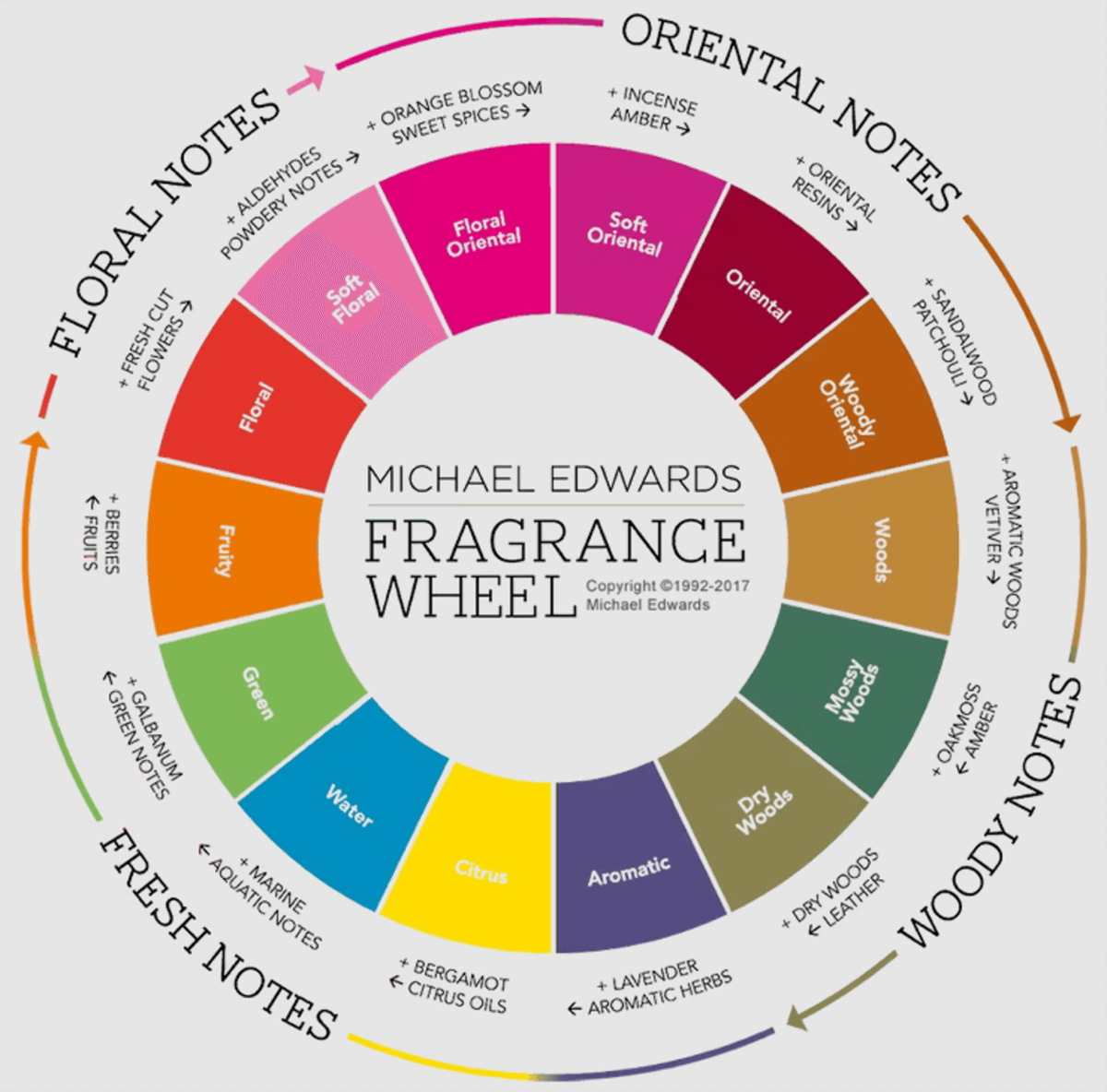
Finding your perfect scent involves experimentation and understanding your preferences. Exploring different fragrance families and notes can help you identify what resonates with you. Sampling perfumes and paying attention to how they develop on your skin is crucial in this process.
Single Note Fragrances
Single-note fragrances focus on one primary fragrance note, allowing you to pinpoint specific scents that you enjoy. These perfumes are excellent for identifying individual notes and understanding your preferences.
For example, if you are drawn to the scent of jasmine, a single-note jasmine perfume can help confirm your affinity for this floral note.
Creating a Fragrance Wheel
A fragrance wheel categorizes scents into groups, making it easier to visualize and track your preferences. Familiarizing yourself with the fragrance wheel helps identify the notes and families you prefer. This tool is invaluable for refining your scent choices and enhancing your overall fragrance experience.
Sampling Before Purchase
Sampling perfumes before purchasing is essential to ensure the scent works well with your skin chemistry and aligns with your preferences. Testing fragrances over several hours allows you to observe their evolution and decide if they are a good fit.
This step is crucial in making an informed and satisfying fragrance choice.
Understanding Fragrance Concentrations
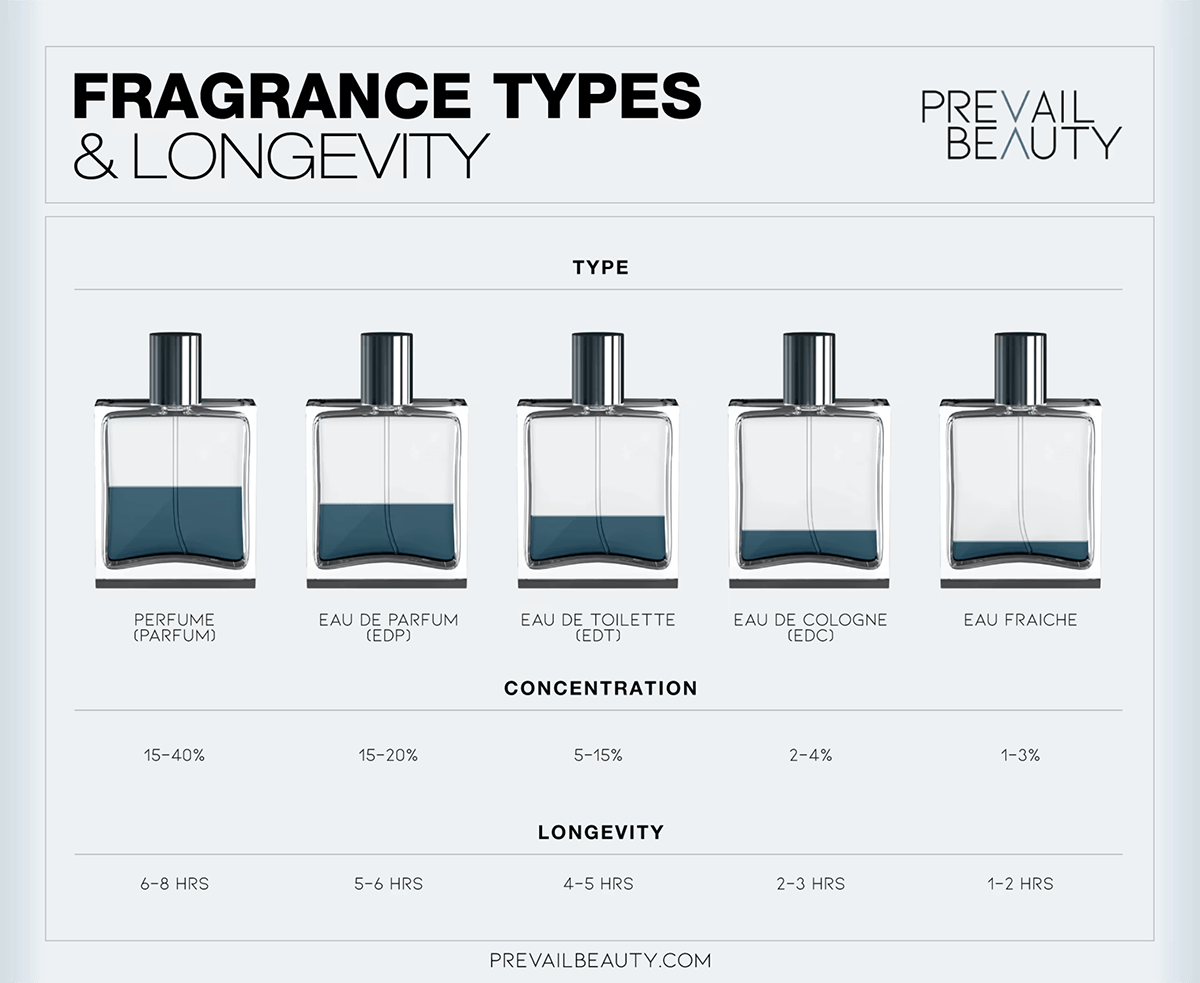
Fragrance concentrations vary, significantly affecting a perfume’s strength and longevity. Understanding these differences can help you choose the right fragrance form for different occasions and preferences.
Eau de Parfum
Eau de Parfum (EDP) typically has a concentration level of 15-20%, offering a strong and long-lasting fragrance experience. It is known for its potent scent that can last around four to five hours, making it ideal for those who prefer a more intense aroma.
EDP is perfect for evening wear or special occasions when a lasting impression is desired.
Eau de Toilette
Eau de Toilette (EDT) has a lower concentration of 5-15%, resulting in a lighter and more subtle scent. This makes EDT suitable for casual wear or warmer weather, as it provides a refreshing and transient fragrance experience.
It is a popular choice for daytime wear due to its subtlety and ease of reapplication.
Summary
The world of perfumes is a complex and enchanting one, filled with layers of fragrance notes that unfold like a story. Understanding the fundamentals of top, heart, and base notes, exploring different fragrance families, and knowing how to identify your perfect scent can elevate your fragrance experience. Whether you prefer the boldness of oriental fragrances or the subtlety of fresh and fruity scents, there’s a perfect scent out there waiting for you. Embrace the journey and let your nose lead the way to olfactory bliss.
Frequently Asked Questions
Top notes are the initial fragrances that you perceive upon applying a perfume; they are typically light and fresh, lasting for approximately 5 to 15 minutes before giving way to the heart notes.
Eau de Parfum contains a higher concentration of fragrance oils (15-20%) and lasts longer, making it better suited for formal occasions; conversely, Eau de Toilette has a lower concentration (5-15%), providing a lighter scent appropriate for everyday or warmer conditions.
Environmental factors such as temperature and humidity directly influence the volatility and longevity of your perfume. Heat accelerates evaporation of fragrance molecules, while high humidity enhances scent diffusion, resulting in a more pronounced aroma.
Fragrance accords are carefully crafted combinations of notes that balance various elements to produce a unique scent profile. They play a pivotal role in defining the overall character of a fragrance.
It is important to sample perfumes before buying to ensure the fragrance complements your unique skin chemistry and meets your preferences, leading to a more satisfying purchase. Testing allows you to evaluate how the scent evolves and lingers on your skin.

